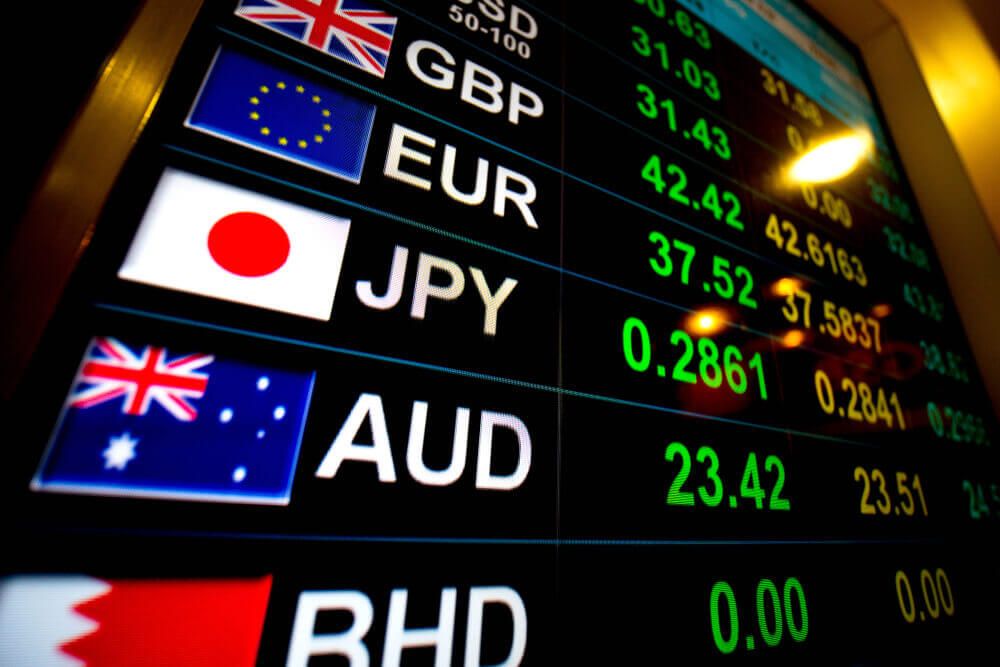
EURUSD and GBPUSD: Two-year low
- Yesterday, the EURUSD pair managed to consolidate above the 1.04000 level and formed the current bottom there.
- Yesterday, the pound fell to a two-year low at 1.19330 level.
- Eurozone industrial production recovered in April.
- Eurostat data showed on Wednesday that the eurozone trade deficit rose to a record high in April.
EURUSD chart analysis
Yesterday, the EURUSD pair managed to consolidate above the 1.04000 level and formed the current bottom there. During the Asian trading session and climbed to the 1.05000 level. For now, Pair encounters resistance at that level and makes a new pullback to the 1.04750 level. To continue and recover, we need positive consolidation above the 1,500,000 level. If we managed to stay above, we could move on to the recovery towards the 1.06000 level. We need a negative consolidation and a drop to the 1.04000 support zone for the bearish option. If EURUSD makes breaks below this level, it will increase the bearish pressure on the euro to stumble. Potential lower support targets are 1.03500 and 1.03000 levels.
GBPUSD chart analysis
Yesterday, the pound fell to a two-year low at 1.19330 level. The pair quickly consolidated and retreated above 1,20000 levels during the Asian trading session. The first recovery was stopped at the 1.20500 level. After the check, we see a smaller pullback and retest at the 1.20000 level. The pound here forms a new higher low and continues with new bullish momentum. We are now testing the 1.21000 level, and MA20 and MA50 moving averages are additional support at this level.
We need continued positive consolidation to recover to the 1.22000 level. Our potential following bullish targets are 1.23000, 1.24000 and 1.25000 levels. We need negative consolidation and pullback first to the 1,20000 level for the bearish option. A GBPUSD break below this support would bring us down to a new test of 1.19330, yesterday’s lower low. The fall of the pound below this level could continue the bearish trend towards 1.19000 and 1.18500 levels.
Market overview
Eurozone Industrial Production
Eurozone industrial production recovered in April, Eurostat data showed on Wednesday. Industrial production rose 0.4% on a monthly basis in April, reversing a decline of 1.4% in March. The small increase in industrial production in April makes the industry vulnerable to a decline in the second quarter. Supply chain problems and weakening demand are once again becoming dominant topics, said ING economist Bert Colijn.
The increase in industrial production in April only partially reversed the decline in March and shows that the economic consequences of the war in Ukraine continue to hamper production, said Capital Economics economist Michael Tran.
Industrial production in the EU27 grew by 0.3% per month, while in April, it decreased by 0.5% compared to a year ago.
Eurozone Trade Deficit
Eurostat data showed on Wednesday that the eurozone trade deficit rose to a record high in April, driven by high energy prices. The trade gap widened to 31.7 billion euros from 17.8 billion euros in March. This was the biggest shortcoming since 1999.
Exports recorded a monthly growth of 1.5%, after an increase of 1.0% in March. At the same time, import growth accelerated to 7.1% from 3.2%.




